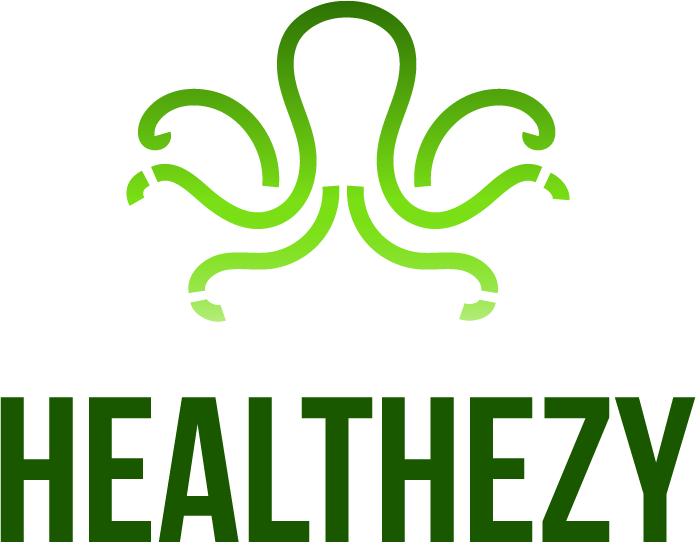Shelf life refers to the period during which a product can be stored and remain safe for consumption while maintaining its intended quality and characteristics.
Historical Context
The concept of shelf life has been important throughout human history, but modern technologies and packaging have extended the shelf life of many products.
Production and Sourcing
Understanding the factors affecting the shelf life of a product is crucial during its production and sourcing. Proper handling, preservation methods, and packaging materials all play roles in determining shelf life.
Applications
Shelf life is applicable to a wide range of products, including food, pharmaceuticals, cosmetics, and industrial chemicals.
Regulatory Framework
Many countries have regulations governing the labeling of shelf life on products, ensuring consumers are informed about a product’s expected storage duration.
Consumer Concerns
Consumers are concerned about consuming safe and high-quality products. Understanding shelf life helps consumers make informed choices.
Health and Safety
Shelf life directly relates to the safety of products. Expired products may pose health risks due to changes in their chemical composition or the growth of harmful microorganisms.
Applicable Products
Shelf life is relevant for various products, such as fresh produce, canned goods, medications, skincare products, and more.
Alternatives
In some cases, products with extended shelf lives are developed to reduce waste and provide convenience to consumers.
Scientific Research
Scientific research focuses on preserving the quality and safety of products, exploring new preservation methods, and extending shelf lives.
Case Studies
Case studies often demonstrate how proper packaging and storage conditions can significantly impact a product’s shelf life.
Future Trends
Future trends in shelf life may include innovations in packaging, food preservation technologies, and increased sustainability in product storage.
Opinions
Opinions on shelf life vary. Some see it as a necessary indicator of a product’s safety and quality, while others may view it as a tool for planned obsolescence.
Warnings
Consumers are warned not to consume products past their shelf life, as they may no longer be safe or of the desired quality.
Synonyms
Synonyms for “shelf life” include “expiration date,” “storage life,” and “best before date.”
Conclusion
Understanding shelf life is essential for consumers, producers, and regulators to ensure the safety and quality of products. It helps prevent foodborne illnesses, reduce waste, and make informed choices when purchasing and consuming goods. The concept of shelf life continues to evolve with advances in technology, packaging, and preservation methods, impacting a wide range of industries and products.







